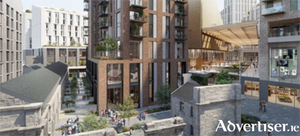Search Results for 'Forthill Cemetery'
13 results found.
Galway from the air, 1950
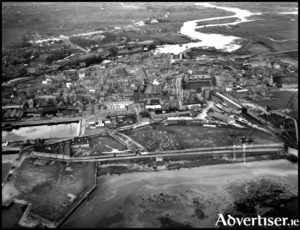
This wonderful aerial view of the city looking across Lough Athalia was taken c1952. Lough Athalia is the anglicisation of Loch an tSáile, the Salt Lake, a tidal lake. There are so many changes to this cityscape since then, it is hard to know where to begin.
Review of the sporting year
The colourful look back on the year of sport in Galway by Ralph O'Gorman has become an iconic part of the New Year's reflection on the event on and off the field and tracks over the past twelve months. Enjoy.
Saint Patrick’s Church
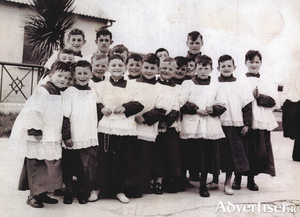
This photograph of St Patrick’s Church and part of Forster Street was taken from the Galway/Clifden Railway Line overlooking James Mahon’s Field where the circuses used to be long ago. It was taken c1920.
St Augustine’s Fort/Forthill
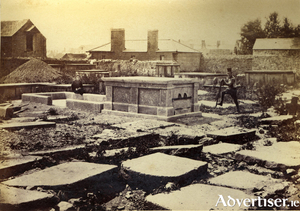
The site of the Augustinian House when the order first came to Galway in 1508 was on the hill we know as Forthill today. Margaret Athy, the wife of the Mayor Stephen Lynch, invited them and she built a church and steeple there too. Her husband was away in Spain and got a shock when he returned to see the finished new building on the hill. The friars moved into a house within the walled city but their church was still between the city and the bay.
Augustine Hill project gets planning green light
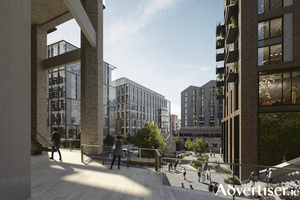
The backers of the game-changing Augustine Hill urban regeneration project to be built on lands at the rear of Ceannt Station have welcomed the news delivered this week that Galway City Council planners have approved the project, albeit with 53 conditions, most of which are standard.
Scale of Augustine Hill reduced significantly in response to City Council planning requests
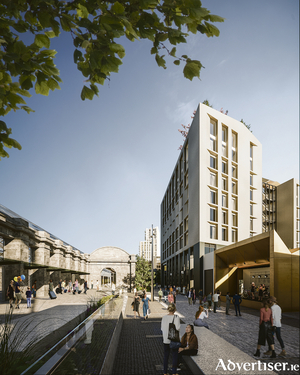
The scale of the massive game-changing development Augustine Hill, to be located on lands adjacent to Ceannt Station, has been reduced significantly in a number of ways, in designs submitted in response to requests for further information from planners at Galway City Council.
Galway’s Pro-Cathedral, a building of some significance
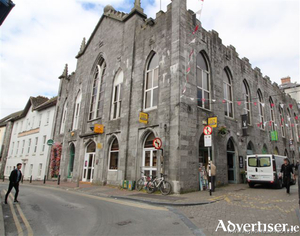
At early Mass on Christmas morning 1842, there was a dreadful accident at Galway’s Pro-Cathedral during which 37 people were killed, and many more were injured. Known as the Parish Church, and completed just twenty-one years before, it was by far the largest Catholic church in the town, surprisingly built in preCatholic Emancipation times.
Eyre Street at the turn of the century
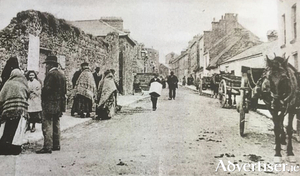
Edward Eyre arrived in Galway with the Cromwellian army, became a major political figure, and secured extensive grants from the Corporation and a considerable amount of property in both the city and county, mostly from displaced Catholic families, in the period 1660 to 1670. Most of this property was outside the town walls and included areas that we now know as the railway station, Forthill Cemetery, Victoria Place, Merchants Road, the Commercial Dock, Woodquay, Suckeen, and Eyre Square.
Will building more student accommodation provide more city centre family housing?

For many decades, Galway city has been recognised as a place that is welcoming of its visiting tourists and to all those who come to secure work or to study. Over the past three decades, the NUIG student population has doubled from 9,000 in the early 1980s to more than 18,000 today.
